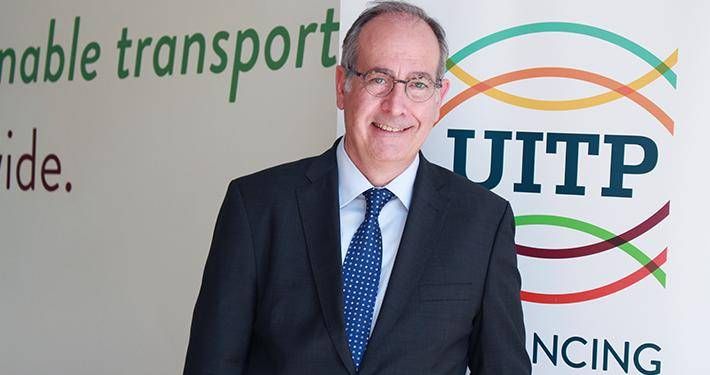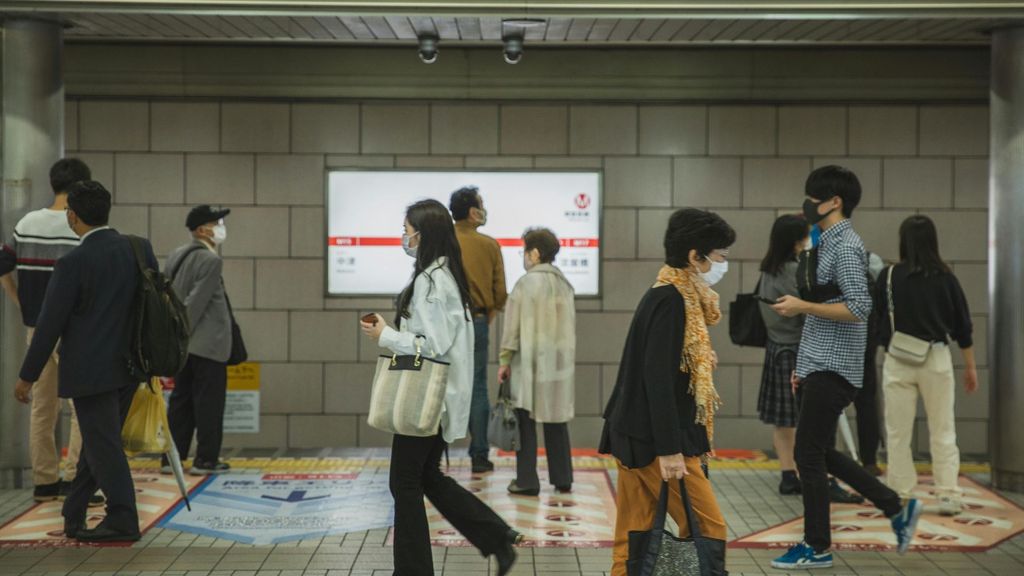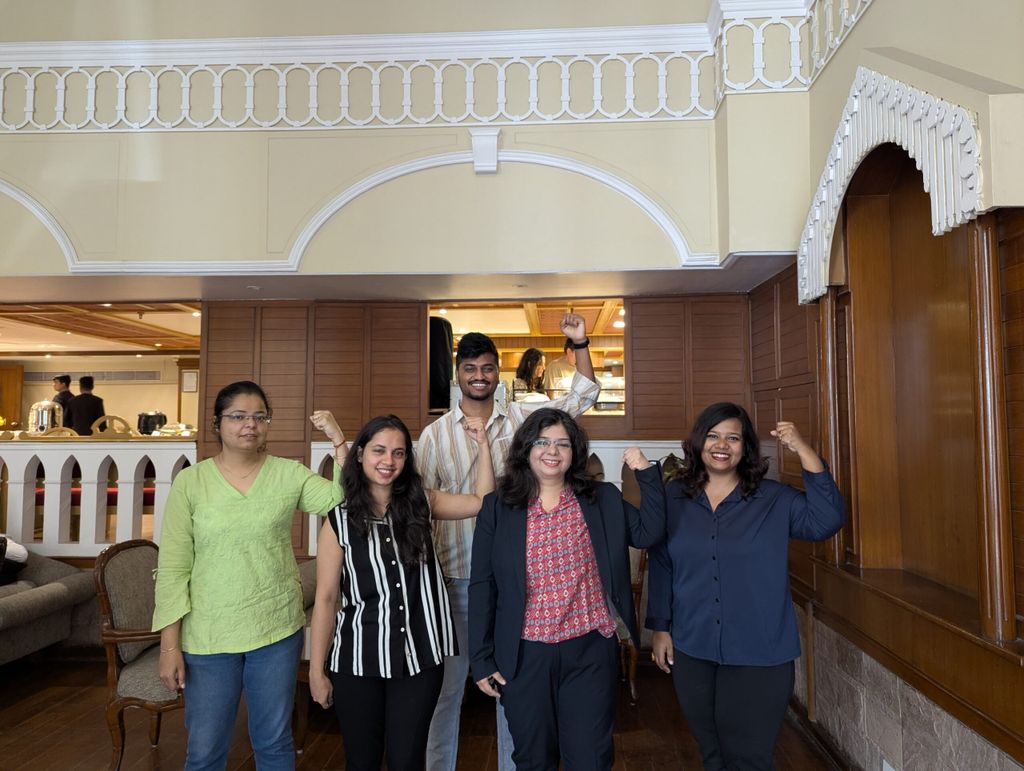
Safe and Sustainable Cities with Public Transport
Road traffic injuries are the 10th leading cause of death globally, responsible for around 1.3 million deaths each year with 90% of these casualties happening in developing countries. Around 50 million people are injured on the world’s roads every year.
This is why UITP and ICLEI (Local Governments for Sustainability) teamed up to produce a report about road safety, and how public transport can contribute to the Sustainable Development Goals, striving for safe and sustainable cities.
Road Safety and the Sustainable Development Goals
Recognising the obstacle that road traffic injuries present to development efforts, a specific Sustainable Development Goal (SDG) was added to the 2030 Agenda. The goal calls for a 50% reduction in road traffic deaths by 2020. The SDGs also identify solutions to the road safety challenge in urban areas (SDG 11). SDG 11.2 recognises the importance of having access to a safe and sustainable urban transport system for all, making specific reference to “improving road safety, notably by expanding public transport”.
‘Safe System’ approach and ‘Vision Zero’ strategies (further explained in this ICLEI blog post) are increasingly made use of by policy makers to improve road safety. These attitudes shift the responsibility for road safety from the individual road user to those who are responsible for various functions of the transport system. The focus is on roads, vehicles and stakeholders who use the road transport system. As public transport authorities and operators are vital functions of the transport system, they can play an essential role the next Decade of Action.
How Public Transport Contributes to Road Safety
The UN Decade of Action (2010-2020) and the UN Urban Agenda embrace Safe System principles and encourage the promotion and use of public transport to help tackle the road safety problem. The role of public transport is currently overlooked in most road safety planning even though cities with higher public transport have proven to cut their traffic fatality rate by half. This large decrease is associated with the fact that higher public transport use and compact development reduce the reliance of private transport use.
Activities taken as part of the new Decade of Action will also have an impact on other sustainability, for example, less car use in cities thanks to public transport combined with safer environments for pedestrians and cyclists will reduce CO2 emissions, improve air quality, reduce congestion – and help develop a more active and healthy population . As an illustration of good practice, Delhi Metro (India) carries 2.8 million passengers a day, replacing 400,000 vehicles on the road, saving 300,000 tonnes of oil import per year and preventing 70 tonnes of pollutants every day. Commuters save 32 minutes of their journey and about 135 road fatalities are avoided per annum.
“A sustainable transport system helps to save lives.”
Next Steps towards Safe and Sustainable Cities
A need arises to establish a new UN road safety target for 2030 to halve road deaths and serious injuries. Public transport investment in infrastructure and services provides a new opportunity to ensure that road safety attracts the funding it so clearly deserves.
Sustainable Public Transport in Columbia
UITP is working with the Colombian National Government on a Memorandum of Understanding (MoU) which aims at developing and advancing public transport in Columbia into an inclusive and sustainable system. The MoU has been signed today (20 February 2020) during the UN Global Conference on Road Safety in Stockholm. The collaboration with UITP will consist of knowledge exchange and support for projects promoting safe and sustainable transport.
“We appreciate the leadership and vision of the Colombian Government in recognising the important role of public transport in the development of cities. Committed to the Sustainable Development Goals, through this partnership we will promote policy orientations, technical exchanges and capacity building on various key topics: mobility and health, climate, diversity and inclusion, etc.”
Membership benefits













